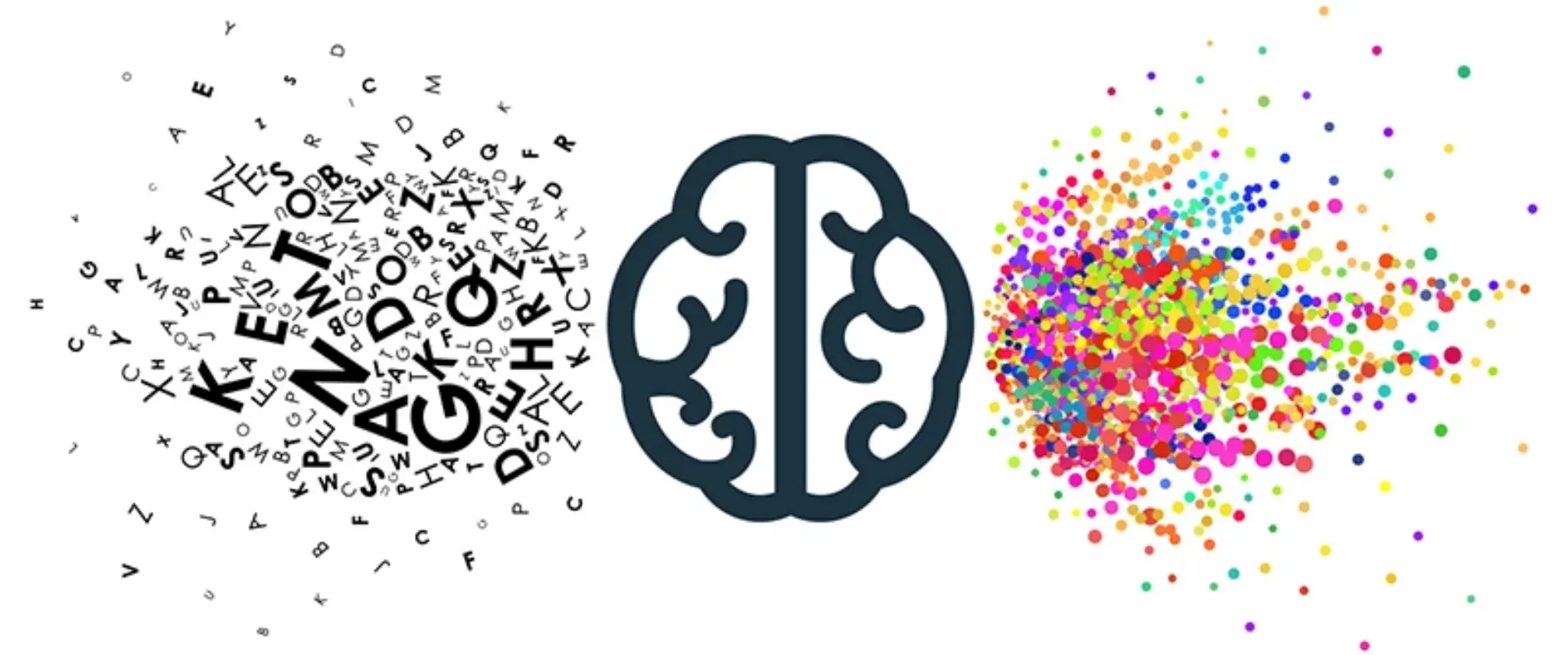Part 1 Left Brain vs. Right Brain: New Research Debunks Traditional Theories
 As Chief People Officer here at DCG ONE, my work is all about fostering an environment of growth and opportunity. The old research said that people are either left-brained or right-brained dominant. We were told that some people are born more analytical, natural problem solvers, and others are more creative, always looking for new possibilities. You probably already know which side of your brain you consider to be dominant and which side takes a back seat when you are problem solving. The new research says that we aren’t born with a dominant side; rather, we nurture and favor one side over the other as we grow from children to adults. The implications for this new information are really important: it means we can develop the “other side” of our brains to become more “whole idea thinkers.”
As Chief People Officer here at DCG ONE, my work is all about fostering an environment of growth and opportunity. The old research said that people are either left-brained or right-brained dominant. We were told that some people are born more analytical, natural problem solvers, and others are more creative, always looking for new possibilities. You probably already know which side of your brain you consider to be dominant and which side takes a back seat when you are problem solving. The new research says that we aren’t born with a dominant side; rather, we nurture and favor one side over the other as we grow from children to adults. The implications for this new information are really important: it means we can develop the “other side” of our brains to become more “whole idea thinkers.”
Wait…what? Am I saying you’ve been lied to all your life? You actually ARE creative? You actually CAN do complex math problems? Well, yes and no. The truth is you have probably allowed yourself to favor the capabilities that come from one side of your brain over the capabilities from the other side of your brain as you developed, based on your personality, experiences in school, what your parents valued and gave you attention for, and what you have learned at work and in other settings in your life.
When I was a child, my parents gave me a lot of positive attention for being an entertainer. I could always be counted on to sing a song, do a dance, or tell a story. I’m pretty sure that those of you reading this who know me will not be surprised. That early encouragement certainly shaped my personality and I still love to be on a stage and to win over a crowd. My parents also encouraged me to solve problems creatively, to look at all sides of a situation before making up my mind, and to seek out different perspectives before judging. There was some good left-brain training there but I was always able to rely on my ability to improvise if I didn’t feel confident in my skills or knowledge. I would say I have a highly nurtured right brain.
Over the years I’ve had to develop my left-brain capabilities. While I still do a lot of creative aka “artsy” things, creativity has taken on a new meaning for me at work. As a leader in complex industries like healthcare and technology, I’ve worked hard to develop critical thinking skills and tactics. Deductive reasoning, technical troubleshooting, and analysis of organizational scenarios are part of my everyday work and I definitely can’t rely on my right brain only for the work I do. Interestingly, many people will say their left brains are more developed than their right brains, because school and work shape us so strongly during our formative years that we simply learn to be strong analytically in order to excel. Our peers with more well-developed right brains are often in creative jobs that further develop those right-brained capabilities.
We often see lists of what companies are looking for in employees and inevitably problem-solving and creativity top the list. Of course they do, because companies need both. But the old way of thinking that people are either left- or right-brain dominant, analytical or creative, is not only outdated but holding us back, as individuals and as organizations. What would be possible if each person was both left- and right-brained? (Clue: we already are.) What would happen if we worked at developing our less dominant brain and brought new ways of thinking into our organizations? Hey, that’s what they call innovation! We would be innovators!
In my current role at DCG ONE, I have the privilege of leading our People Operations (aka HR) function, which gives me a fantastic vantage point to observe and influence how the organization is evolving through its people. We recently refreshed our Vision, Mission, and Values, and introduced a fantastic description of who we are and what we do. My favorite part is this: “We’re left-brain, right-brain, whole-idea doers who finesse the smallest detail with the big picture in mind.” That’s what I’m talking about: bringing the whole brain to work and engaging both sides at the same time. We are capable of so much more than we ever thought!
Stay tuned for my next blog installment: Whole Idea Doers: How to Nurture Both Left-and Right-Brain Thinking




